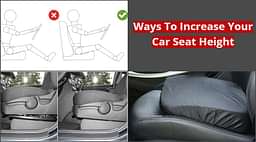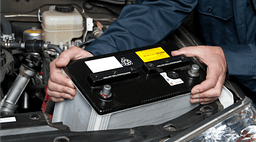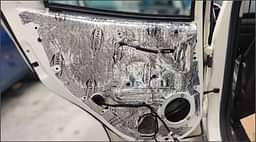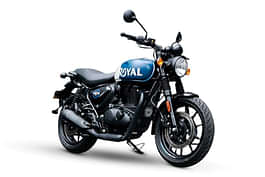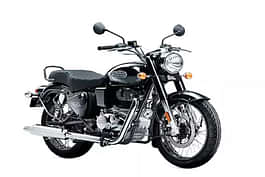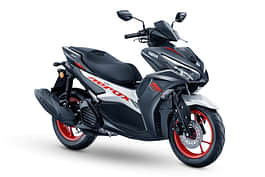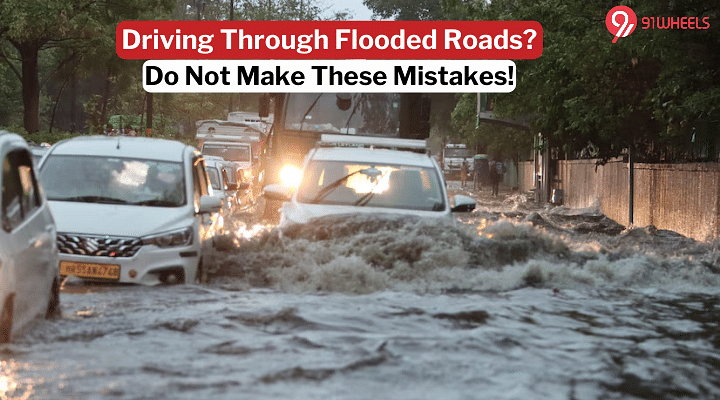
KEY HIGHLIGHTS
- Tips to follow while driving through floods
- Avoid mistakes that harm your car
- In the case of flooded car, steps to rescue given below
Ever found yourself in a situation when heavy rains left you on a water-logged road or you need to go out and the roads are flooded? This is what you may find when heavy rains lash your city. While it is suggested to remain at higher grounds whenever this happens, if you find yourself in a spot where you find yourself driving through floods, make sure to follow the safety tips given below to get out from there safely. Also, join our 91Wheels WhatsApp group community of petrolheads to never miss out on the latest updates and discussions from the automotive world.
Also Read: BEV or PHEV or MHEV? Let's Understand These Electric Vehicles
1. Avoid Water Levels Over Underbody
The best course of action for safely driving through floods is to avoid levels of water that venture above the underbody of the car. Simply put, when it touches the front bumper, that is a sign that the water level is high enough to cause probable damage to the radiator and engine of the car or enter the exhaust. Most of the city cars are not meant to wade through such deep waters and are best kept out of it. However, if there is no other option, let's get onto our further essential tips.
2. Go One At A Time
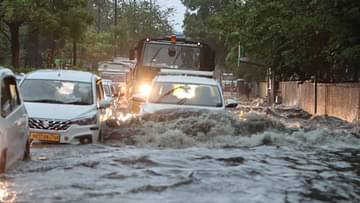
When going through flooded streets, it is always advised to not go bumper-to-bumper and rather pass through it one at a time. In case the vehicle ahead gets stuck in the middle due to some obstacle or engine stalling, you may need to reverse, which in such conditions is not an easy feat. Plus, the water exerts pressure on the vehicle and requires some effort to push through.
3. Slow And Continuous Driving
Water poses significant risks to vehicles: excessive speed can tear off bumpers, cause loss of tire grip, or force water into sensitive areas like the engine bay and wheel-arch liners. Maintaining some speed is advisable to create a small bow wave that helps keep water levels lower. However, exercising personal judgment is crucial. It's important to proceed cautiously, keeping momentum while ensuring continuous movement to navigate through flooded areas safely.
4. Engine Stalled? Do Not Restart!
One thing to avoid at all costs and a key to safely driving through floods is to not let the engine stop from running. However, even after trying your best to do so, the engine comes to a halt, you must remember to never try to re-crank it. It's crucial to understand the profound impact water can have on a car's components, including vital parts like the engine and transmission. Trying to start the engine when water has entered can significantly worsen the situation. When water interferes with engine function, preventing pistons from compressing or moving correctly, it leads to a condition known as "hydrolock," a frequent issue in flooded vehicles. Repairing a hydrolocked car can incur substantial costs, and in severe cases, the damage may render the vehicle irreparable.
5. Dry Your Brakes After Coming Out Of Water
After removing the vehicle from flood water, it's crucial to test and apply the brakes to clear moisture and ensure they function effectively before driving. Moisture accumulation can compromise brake performance, potentially leading to brake failure and unsafe driving conditions. Clearing excess water from the brakes helps maintain smooth operation and responsiveness to driver commands.
How To Rescue A Flooded Car: 5 Tips If Your Car Is Submerged

1. Do Not Open Doors/Windows
When you find out that your car has been flooded, do not open the doors in any case. In that case, the water may enter even faster and cause electrical short circuits or damage a lot more internal components than it would have been with closed doors. Bring the car out of the water or when the water subsides and only after then it is safe to open the doors.
2. Do Not Turn On The Car
This is the same thing to remember when we discussed in the section in case of a stalled car. The cranking of the engine might put extra pressure on the pistons and the electricals might be short-circuited, jeopardizing the situation even further. It's always the best idea to wait for a technician to come over and handle it with precision and the caution that it requires.
Also Read- Understanding ADAS Levels 1 and 2: Key Differences Explained
3. Assess The Damage With The Help Of A Technician
After all this, you must call an authorized service technician who can assess the damages done due to the flooding of the vehicle. This is where it will be analyzed what is the extent of the damages and the technician will then tell you the way forward and the best course of action to take. Also, go through your insurance policy, and check if it covers natural calamities and if floods are included in that clause. This would require some very due diligence on your part to make your case and claim for damages.
4. Dry The Interiors
After all this is said and done, take the car to a shade somewhere away from water or rain and dry out the interiors. It is very essential to dry out the interiors and remove any moisture from it. It helps on keeping the electricals safe and also avoids any growth of mould and swampy odor. You can use the car's heater, sunlight, or any external fan for a quick dry.
5. Replace All The Fluids
Lastly, even if it feels alright and the service center suggests so, change all the fluids in your car and replace them with fresh oils after flushing. The engine oil, gear oil, clutch oil, brake oil, and all the others as well. In case of water seeps inside these components, it may result in more damage to the engine internals and the components and even result in the failure of parts. However, generally, the service protocol calls for this as an essential thing to do.
Verdict
The one thing that you must not do in floods is that drive at all. However, if and when you find yourself in that situation, the steps mentioned above must at all costs, be kept in mind so that you can navigate through the situation and mitigate the damage to the maximum extent.

